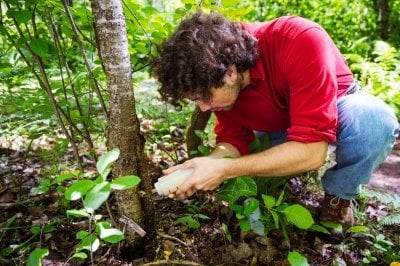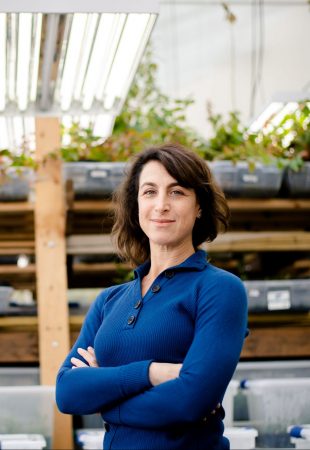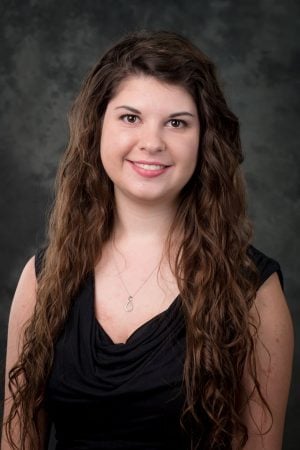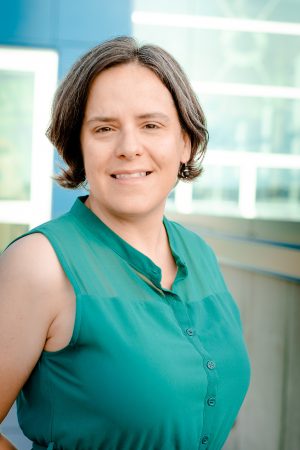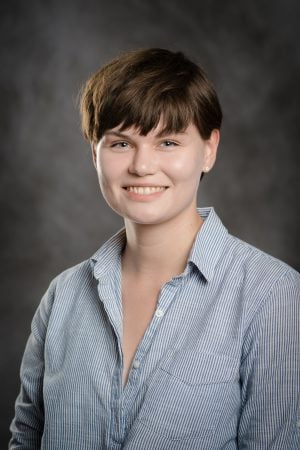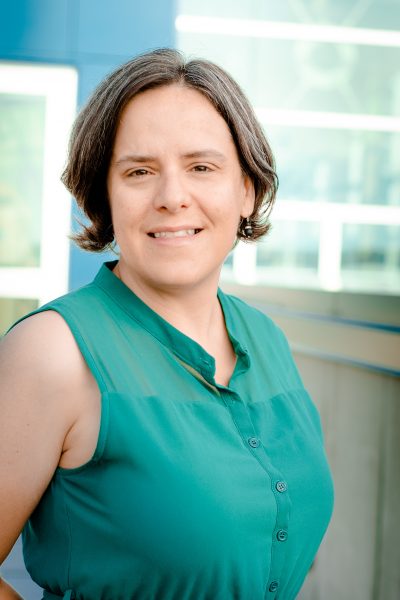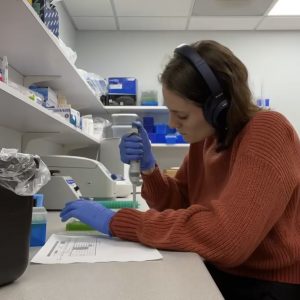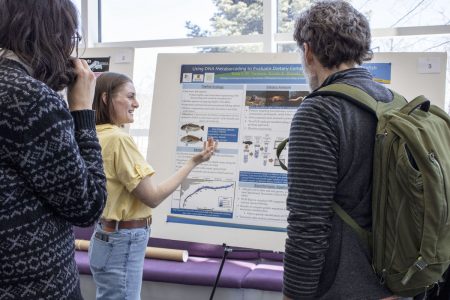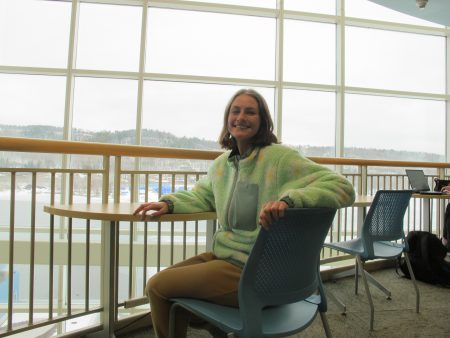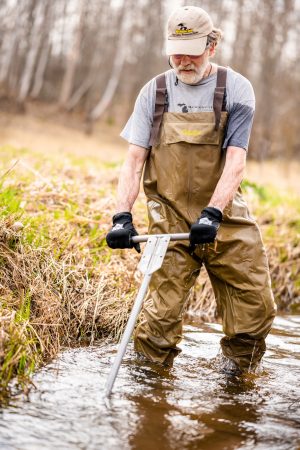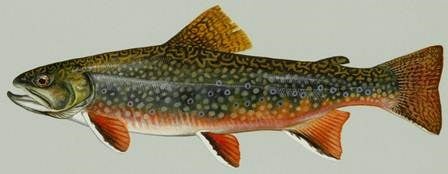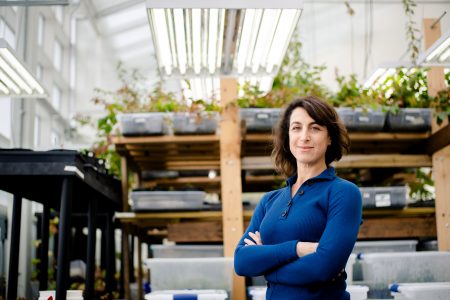Abe Stone is an undergraduate majoring in ecology and evolutionary biology. He came to Michigan Tech’s Biological Sciences Department, already with a great interest in learning more about and working with fungus. Once he enrolled at MTU, he decided to get involved in undergraduate research and start down his fungus research path.
Through his research, Stone found a way to effectively and practically propagate silver leaf disease—a fungal forest pathogen—and use it as an herbicide to attack the invasive tree species, buckthorn, while sparing native species. Stone has been working with Biological Sciences’ Dr. Erika Hersch-Green to learn more about how plants and fungi interact with each other, as well as advisors in the College of Forest Resources and Environmental Science (CFRES).
To learn more about Abe Stone, how he began this journey, and his work, visit Abe’s “Fungus Among Us…” story—featured on MTU’s Unscripted Research Blog.
About the Biological Sciences Department
Biological scientists at Michigan Technological University help students apply academic concepts to real-world issues: improving healthcare, conserving biodiversity, advancing agriculture, and unlocking the secrets of evolution and genetics. The Biological Sciences Department offers seven undergraduate degrees and three graduate degrees. Supercharge your biology skills to meet the demands of a technology-driven society at a flagship public research university powered by science, technology, engineering, and math. Graduate with the theoretical knowledge and practical experience needed to solve real-world problems and succeed in academia, research, and tomorrow’s high-tech business landscape.
Questions? Contact us at biology@mtu.edu. Follow us on Facebook and Instagram for the latest happenings.
